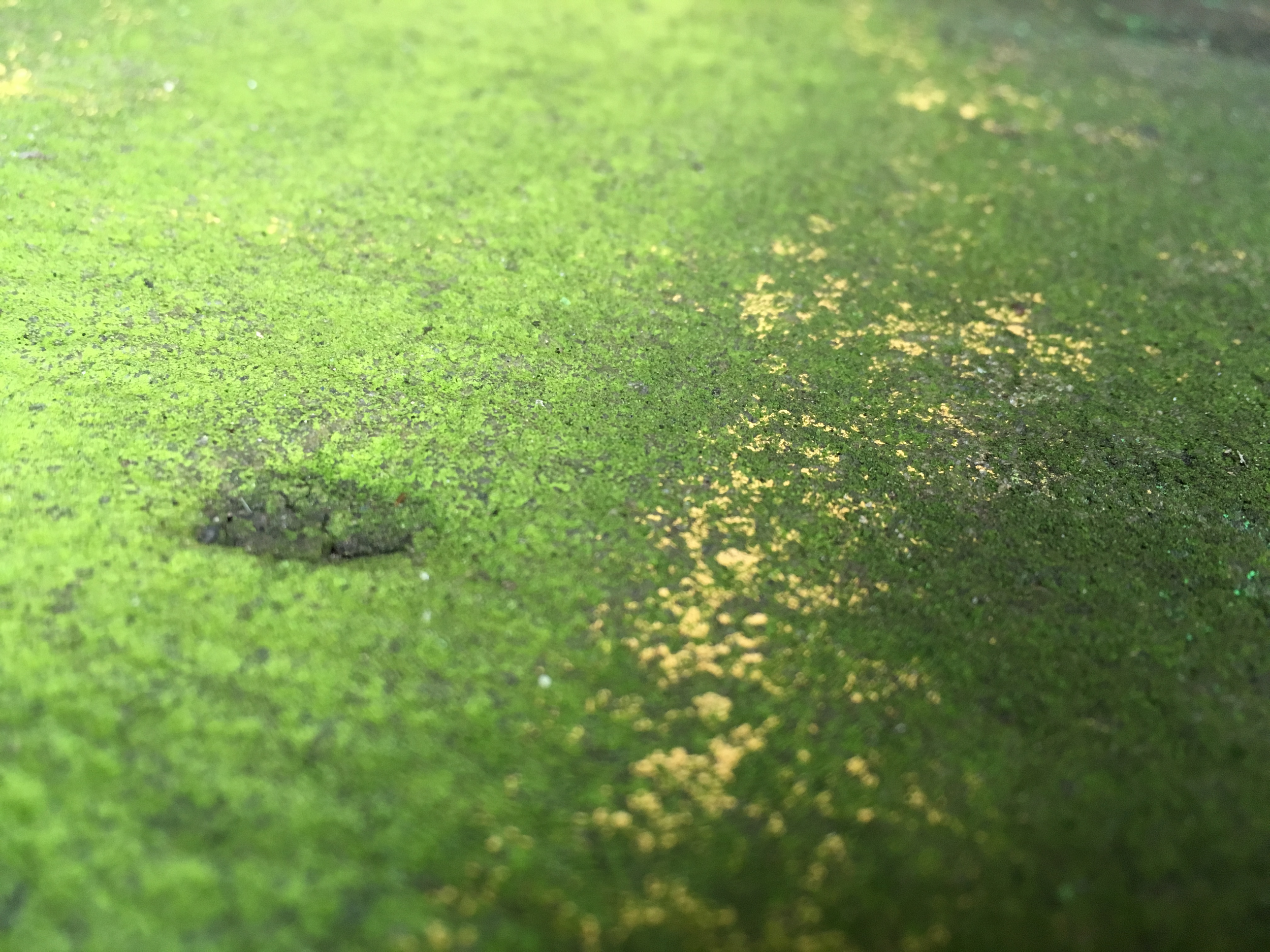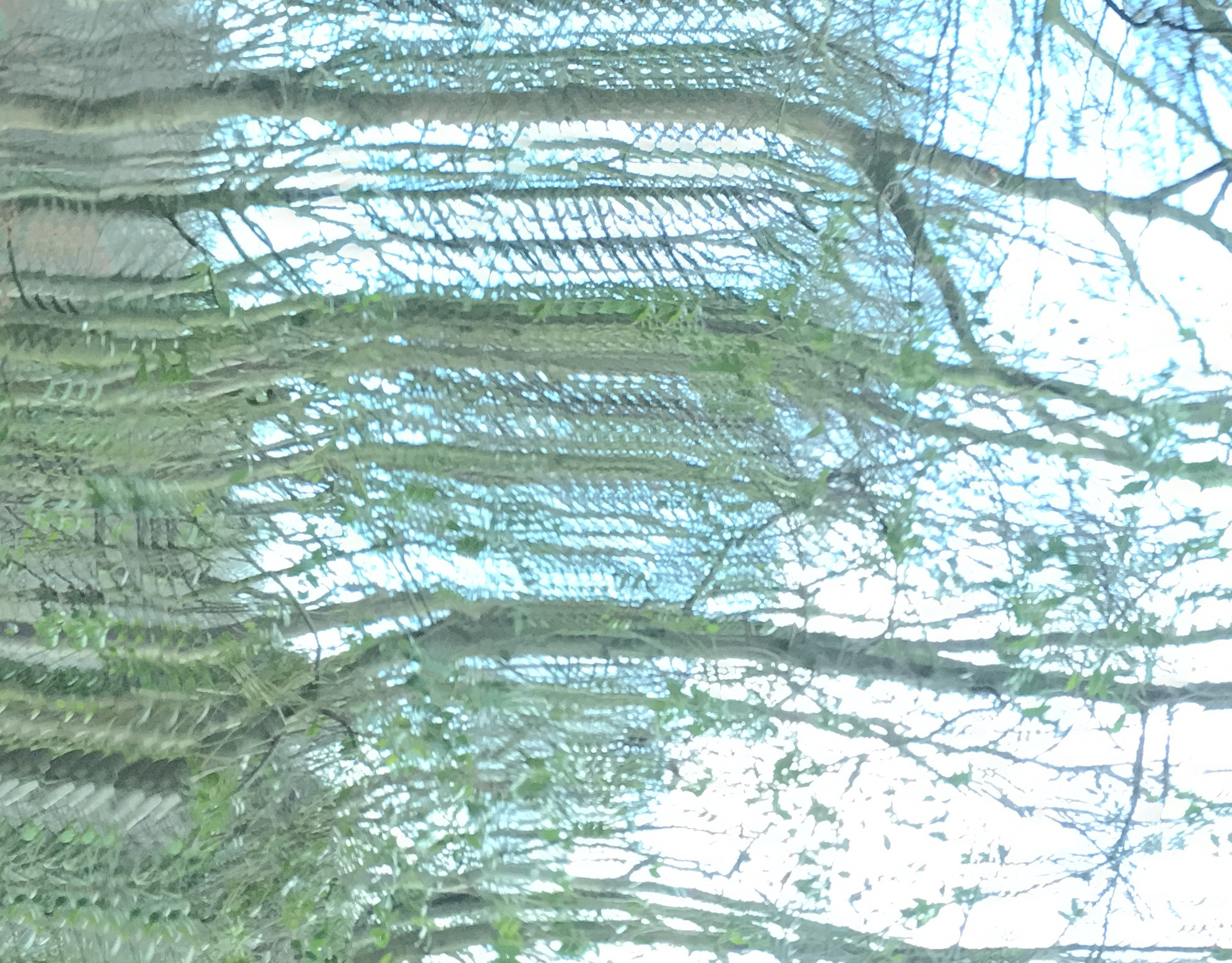This focus on affective states as ‘alliances’, ‘forces’, intensities’, ‘movements’ and as ‘autonomous’ is active in my understanding of the ways in which intermedial practice functions, as both a creative and exploratory act. I use the act of mixing image, sound, voice and text to perform a movement through feelings and ideas, searching for affective resonances – combinations, relationships and alliances - that give rise to particular ‘intensities’, often independent of the defined entities and bodies involved. As such, there is always a reaching, searching, wondering quality to this process.
Moving through, rather than remaining or dwelling in those felt states is crucial to my use of intermedial practice as a creative tool, though as Tim Ingold (2005) points out, ‘it is a mistake to equate dwelling with rest or stasis’ (507), as it rather involves ‘the unfolding of a field of relations’ (504). Such a characterisation aligns with the types of affective relations between human and non-human elements - between forces, movements and intensities - enacted through intermedial mixes and their play in and in relation to the nexus of happenings, agencies and feelings that comprise a locality. Ingold also states that ‘the intransitive3 verb ‘to dwell’ aptly conveys th[e] conception of the production of life as a task that has continually to be worked at (2005, 504). The ‘intransitive’ lack of a distinct object to aim my dwelling practice at in order to complete its action in a satisfactory way is also resonant with the ongoing, quotidian, longitudinal, uncertain and exploratory nature of my creative research and resident actions.
However, the ‘dwelling’ practices of the resident and the researcher do move differently, make differently and uneasily co-exist in their ‘tasks’. My practice as a resident for instance, seeks to combat ruination while my researcher-self revels in the picturesque ruins of the locality and how they rub up against contemporary wildness and wild actions (see 'Wild' Brougton). This duality links to contemporary theories of ‘new ruins’ and wildscapes in urban environments, as well as critiques of some elements of these theories. As Alice Mah (2012) points out, ‘Industrial ruins are only “spectacular” and “sublime” from a distance’ (147). Mah’s study explores ‘industrial ruination as a lived process’ (11) and in doing so, forms a critique of ‘artistic and cultural studies of industrial ruins, particularly studies that ignore the lives of the inhabitants of ruined landscapes’ (10).
My artistic and academic self enjoys the seductive theorising of the abandoned, the wild and ruined, as spaces that sit outside more strictly defined parameters of beauty and order. I agree that the rampant free market approach to development that leaves these ‘‘slow’ ruins’ to ‘slip into ruination … sidelined by social or economic transitions’ (DeSilvey and Edensor 2012, 466-467) is critically and actively counteracted by the pioneer plants that establish themselves there, as well as through the types of unstructured play that are prompted by such spaces, due to their ‘material affordances and the lack of surveillance’ (Edensor et. al 2012, 72). As Farley and Symmons Roberts (2012) poetically outline in their celebration of ‘edgelands’, ‘Somewhere in the hollows and spaces between our carefully managed wilderness areas and the creeping, flattening effects of global capitalism there are still places where an overlooked England truly exists … complicated, unexamined places that thrive on disregard’ (10). When I encounter this and the authors’ other contemplations of wastelands, abandoned cars, overgrown industrial lots and the inbetween spaces, I am captivated. Conversely, when I physically encounter the ‘spatially uneven effects’ of ‘ruination, demolition and reclamation’ in my locality - when I walk past ‘devalued capital’(DeSilvey and Edensor 2012, 468), in the form of abandoned buildings and overgrown plots of land near to where I live - I really just want them to be and do something else; to progress in some explicitly meaningful and positive way.
My practices as a resident and researcher arise from a set of contradictory, often guilty and uncertain feelings, which are played out in diverse, but parallel ways. In this article, I attempt to think and feel through both, using ideas related to ruination and wildness to aid this process. This is not a set of fully formulated and finalised arguments and rather functions as a process of feeling-thinking, through putting resonant concepts in play with shards of doing. Before a more detailed consideration of the ideas and practices though, I return to ‘locality’ and specifically my positioning within the Broughton locality, as this is fundamental to both my researcher and resident practices.
Alongside this direct, but fairly gentle action, as a resident, I am also, as a researcher, applying intermedial practices2 to the locality. This has involved documenting my impressions of Broughton in sounds, words, music and images and mixing these materials together in live events, as well as using them in workshops for local residents and as part of installations, which have been positioned in local venues. The practice, in all its forms, is led by affective pulls that happen in the creation and activation of these virtual-physical, shifting, poetic and lo-fi mixes. Here, affects manifest as forces and movements, as outlined by Nigel Thrift (2008), with reference to Spinoza, Deleuze and Massumi. Thrift highlights Spinoza’s focus on ‘alliances’ and ‘relationships’, where affect is the ‘property of the active outcome of an encounter’ (Thrift 2008, 178) and Deleuze’s ‘language/practice of different speeds and intensities’ that is invoked by considering affects as the ‘nonhuman becomings of man’ (Deleuze and Guattari in Thrift 2008, 179), as well as Brian Massumi’s claim that affect ‘is autonomous to the degree that it escapes confinement in the particular body whose vitality, or potential for interaction, it is’ (in Thrift 2008, 180).

